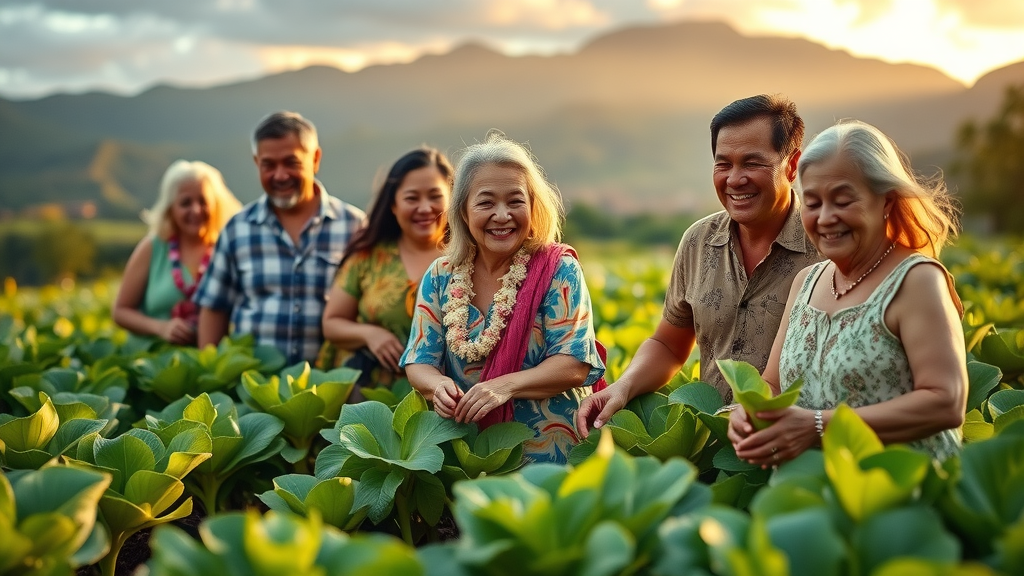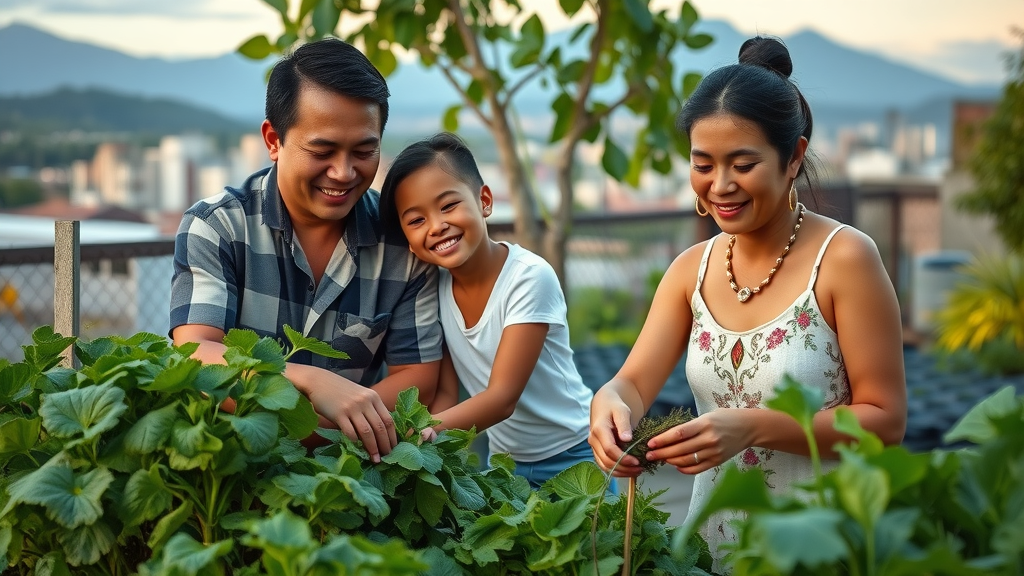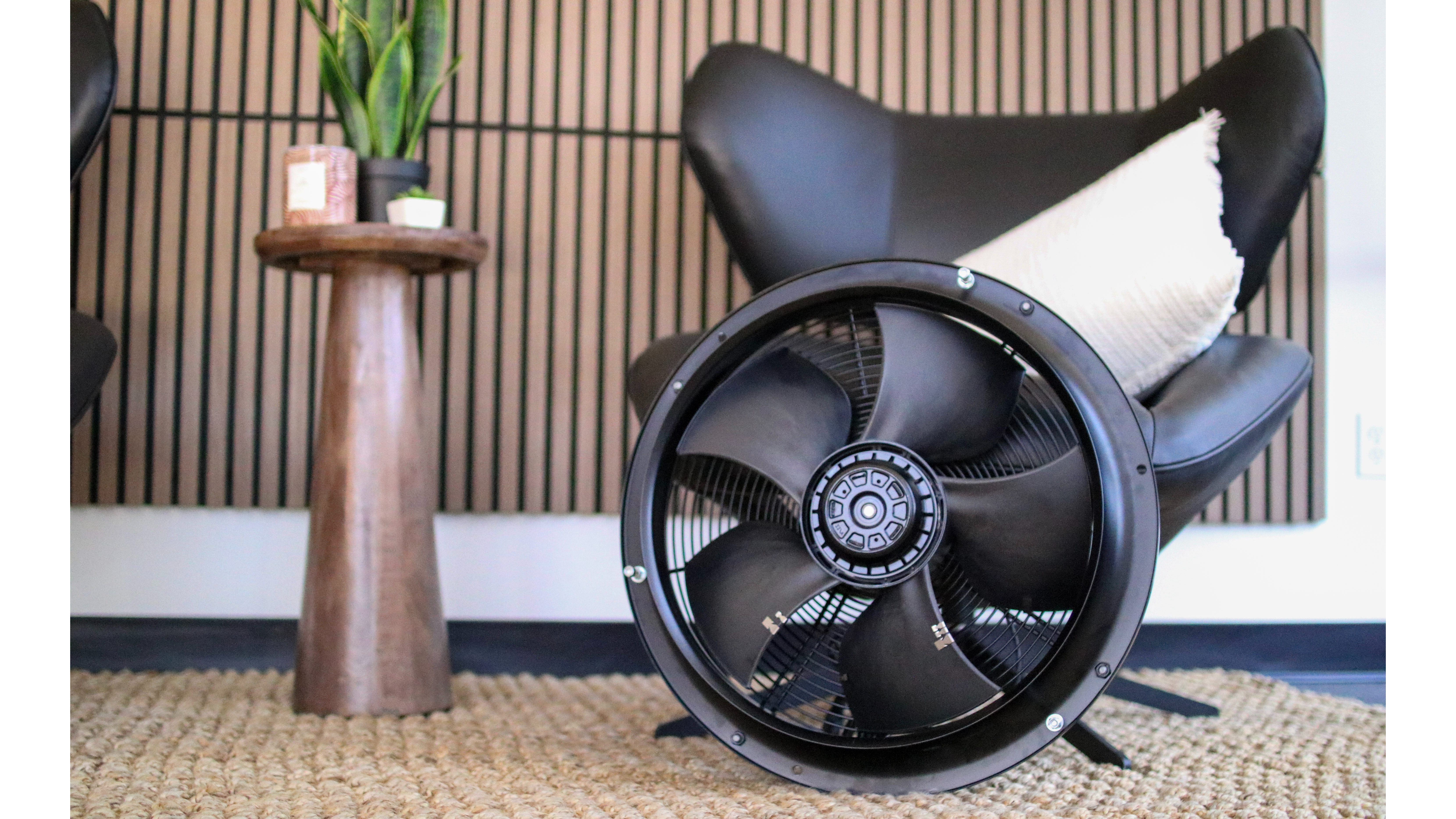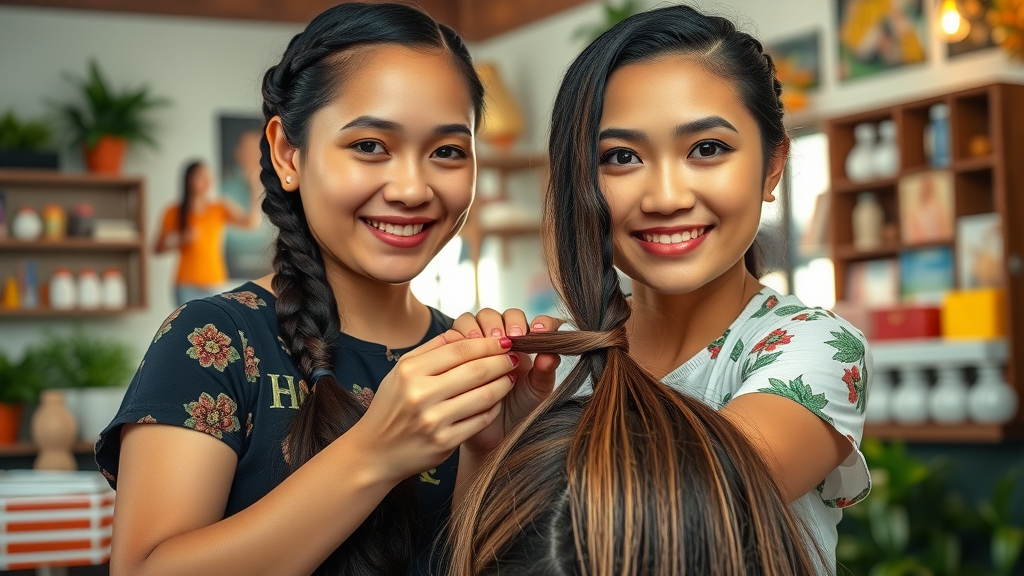Did you know?: Over 80% of Native Hawaiian youth connect their personal identity to the concept of “aloha ʻāina,” reflecting a living tradition that links land stewardship directly to cultural and community well-being. This enduring connection—rooted in centuries of knowledge and resilience—remains at the core of Hawaiian identity, driving both cultural revitalization and environmental stewardship. In this article, you’ll discover why a legacy of sharing the ʻāina isn’t simply about the past; it’s a defining value shaping the islands, their people, and the planet’s future.
A Legacy of Sharing the ʻĀina: Unveiling the Deep-Rooted Values of Aloha ʻĀina
At the heart of a legacy of sharing the ʻāina lies the principle of aloha ʻāina —a unique Hawaiian value rooted in reverence, respect, and a sense of responsibility to the land. For generations, sharing the ʻāina has meant more than simply dividing plots or distributing resources; it's a spiritual commitment to keep the land healthy and abundant for all, now and into the future. This mindset continues to resonate powerfully throughout Hawaiian homes, from lush taro fields to bustling King St. in Honolulu, reinforcing the community’s duty to mālama (care for) the physical and cultural resources of Hawaiʻi.
Today, the principles woven into this legacy manifest in daily choices, from supporting communal farming projects to upholding traditional practices that protect the natural world. Modern Kamehameha Schools Kapālama, for instance, integrate these ideas into their curriculum, encouraging students to embrace ke aloha (love and responsibility) for their ancestral lands. By unveiling these deep-rooted values of sharing, Hawaiian communities—both kamaʻāina (locals) and ʻōiwi leaders—continue to shape personal identities steeped in love for both people and place.

Startling Statistics: How Aloha ʻĀina Shapes Hawaiian Identity Today
Surveys conducted across the Hawaiian Islands reveal that nearly four out of five Native Hawaiian youth credit their sense of identity to the concept of aloha ʻāina. Compared to national averages for indigenous connection to homeland, Hawai‘i’s figures are among the highest. This intense connection fosters a unique community approach—one where discussions around natural resources are intertwined with teachings of respect, reciprocity, and collective care. The commitment to sharing and protecting the ʻāina influences educational pathways, leadership development, and even activism, empowering a rising generation of Native Hawaiians to reclaim and redefine their future.
For example, at Kamehameha Schools, programs blend traditional hands-on stewardship with modern science, teaching students not only how to grow food but also why stewardship matters for future generations. Meanwhile, local initiatives such as urban food gardens, resource co-ops, and language revitalization movements demonstrate the living legacy of aloha ʻāina. Here, the culture’s foundational values remain an active force—shaping, sustaining, and guiding Hawaiian identity well into the present day.
An Unconventional Fact: The Enduring Role of Lā Kūʻokoʻa in Hawaiian Culture
Few realize that Lā Kūʻokoʻa —a holiday marking Hawaiian independence from colonial rule in the 19th century—is still celebrated today, over 180 years later. The occasion pays tribute to the efforts of early Hawaiian leaders, such as Kamehameha II and Pauahi Bishop, who secured formal recognition of Hawaiian sovereignty from both the United States and United Kingdom. This day is more than historical remembrance; it is a living testament to the resilience of a people who never lost sight of their roots or stopped stewarding their ancestral lands.
Modern observances of Lā Kūʻokoʻa blend solemn processions, storytelling, traditional song, and the recognition of ongoing indigenous rights campaigns. These celebrations reinforce a message: the legacy of aloha ʻāina, embodied in the struggle for sovereignty, continues to inspire education, activism, and community pride. Lā Kūʻokoʻa thus stands as an unconventional, yet essential, link between the past and the thriving cultural heritage of Hawaiians today.
The Historical Context Behind a Legacy of Sharing the ʻĀina
Understanding why a legacy of sharing the ʻāina stands at the heart of Hawaiian life requires a look at the island’s history. For centuries, Native Hawaiians developed complex land management systems—such as the ahupuaʻa , a division of land extending from mountain to ocean, and the kapu system of ecological regulations. These frameworks were designed not only for survival but to promote the flourishing of both people and the environment. When outside forces, such as missionary influence and American colonization, threatened these systems, the response from the Hawaiian people was fierce and unwavering.
Land has always been integral to Hawaiian identity . As Bernice Pauahi Bishop and Kamehameha Schools have highlighted for generations, stewardship of the ʻāina means sustaining not only Native Hawaiians, but a living legacy that supports all future generations. The struggle to protect these lands is woven into every chapter of Hawaiian history, driving both historical resistance and ongoing revivals. In this context, sharing the ʻāina is not simply about survival; it's an act of sovereignty—a declaration of cultural independence and responsibility.
Understanding Aloha ʻĀina as a Foundation of Hawaiian Identity
The phrase “aloha ʻāina” translates as “love of the land,” yet its meaning runs much deeper. To Native Hawaiians, aloha ʻāina is the foundation of Hawaiian identity —a guiding principle that encourages stewardship, gratitude, and the wise use of all that the land provides. This cultural value permeates family life, education, and even political movements, tying individual actions to collective well-being.
For many Native Hawaiians, reconnecting with their roots through traditional farming, fishing protocols, or language immersion is both an act of healing and empowerment. Communities that prioritize aloha ʻāina reinforce Hawaiʻi as both a physical homeland and a spiritual anchor, providing a sense of belonging for generations returning “back home.” In today’s world, this foundation underpins a renewed commitment not only to preserve, but to celebrate the uniqueness and resilience of the Hawaiian people.
Lā Kūʻokoʻa: The Day Hawaiian Sovereignty Echoed Across Generations
On November 28, 1843, the Kingdom of Hawaiʻi received formal recognition as an independent nation from France and Great Britain—a historic milestone now commemorated as Lā Kūʻokoʻa. This declaration was not only a political achievement, but also a profound moment for the legacy of sharing the ʻāina. Independence allowed the Hawaiian people to reinforce their traditions of stewardship, celebrate their unique cultural practices, and assert their collective identity on the world stage.
“Aloha ʻāina is not just love for the land—it’s a profound commitment to stewardship.”

How Hawaiian Culture and Cultural Revitalization Sustain a Legacy of Sharing the ʻĀina
The resurgence of Hawaiian culture has brought renewed vitality to the legacy of sharing the ʻāina. Cultural revitalization initiatives—spanning from language immersion to traditional hula, fishing, and community farming—ensure that ancient wisdom is carried forward, adapting to modern life. These efforts do not simply preserve the past; they empower communities to create new forms of identity firmly rooted in ancestral knowledge. As ʻōiwi leaders often say, these living traditions provide a pathway for Native Hawaiians to flourish on their own terms.
Programs at Kamehameha Schools and similar institutions underscore the importance of connecting learning to land. Through curricula that blend indigenous science, mālama ʻāina projects, and immersion in the Hawaiian language, students are encouraged to internalize a sense of kuleana (responsibility) to their home and fellow community members. This synthesis of heritage and innovation ensures that future generations not only inherit land, but the wisdom to steward it wisely.
Cultural Revitalization: The Reawakening of Aloha ʻĀina
Cultural revitalization in Hawaiʻi has triggered a reawakening of aloha ʻāina across the islands. Grassroot movements led by indigenous leaders have revived traditional practices, such as loʻi kalo (taro patch farming), hula, and ʻōlelo Hawaiʻi (the Hawaiian language), restoring what colonization once threatened to erase. Through educational immersion programs, community farming efforts, and storytelling, the younger generation finds ke aloha—a renewed love and sense of identity through direct participation.

This reawakening is not limited to rural communities; it reverberates throughout urban centers like King St. and modern institutions alike. Hawaiian language schools, local festivals, and youth-led resource initiatives in schools Kapālama all reinforce the idea that culture is not a relic, but a dynamic, evolving legacy. As a result, every new act of learning or mālama (caring for) the ʻāina strengthens both cultural identity and environmental sustainability.
Preserving ʻĀina as a Living Resource for Future Generations
One of the core aims of cultural revitalization is to safeguard the ʻāina as a living resource for future generations. This philosophy underpins numerous land trust projects, community-managed gardens, and initiatives involving Kamehameha Schools Kapālama and Bernice Pauahi Bishop’s legacy. The goal is clear: future generations should not just receive land, but a thriving ecosystem, cultural traditions, and a deep understanding of native resource management.
Today’s innovative efforts marry traditional practices with modern science, creating new models for sustainable crop rotation, water management, and biodiversity preservation. By blending ancestral knowledge with contemporary needs, Hawaiians are setting an example for indigenous people worldwide—a testament to the resilience, adaptability, and enduring wisdom of their culture.
- Key Aspects of Cultural Revitalization:
- Language revitalization
- Community farming initiatives
- Educational immersion programs
The Value of Natural Resources in the Practice of a Legacy of Sharing the ʻĀina
For Hawaiians, land is not a commodity; it’s a living ancestor, a source of sustenance, and a spiritual foundation. The wise management of natural resources —from water and forests to fisheries and farmlands—lies at the core of a legacy of sharing the ʻāina . Ancient systems like the ahupuaʻa promoted the holistic use of resources along entire watersheds, protecting both ecological and social well-being. These values are still alive in decision-making today, influencing everything from fisheries management to innovative green policies on Hawaiian land.
The elders and modern cultural practitioners often emphasize that every act—whether reforesting native trees, cleaning streams, or practicing sustainable fishing—echoes through generations. Organizations like Kamehameha Schools and indigenous Hawaiian non-profits actively engage youth and community members in hands-on stewardship, ensuring that the knowledge of kapu regulations and traditional protocols isn’t lost. In this way, the very act of managing natural resources is transformed into a living classroom, reinforcing the intertwined destinies of people and ʻāina.
Sustainable Practices Guided by Hawaiian Culture
Sustainable practices guided by Hawaiian culture are grounded in the recognition that humans are part of—not separate from—the natural world. Traditional Hawaiian resource management approaches, such as observing rainfall patterns or using lunar calendars to govern fishing and planting, demonstrate a scientific understanding deeply embedded in cultural rituals. Today, these time-tested methods provide blueprints for modern sustainability, influencing everything from school curricula to statewide environmental policies.
By prioritizing community-led stewardship, Hawaiians ensure that environmental advocacy is not a top-down mandate, but a shared responsibility. This cultural orientation—rooted in aloha ʻāina—empowers individuals to become caretakers for all. The sense of responsibility to future generations, and to ancestors, becomes a powerful motivator for innovation and resilience, linking yesterday’s wisdom with tomorrow’s potential.
Traditional Methods for Managing Natural Resources
The traditional methods for managing natural resources —like the ahupuaʻa, kapu, and sustainable fishing or farming protocols—reflect both practical and spiritual wisdom. In the ahupuaʻa system, resource use is guided by natural boundaries, supporting interconnected cycles from mountaintop springs to ocean reefs. Kapu regulations, meanwhile, define periods of rest for specific areas and species, ensuring replenishment and ecological balance.

These approaches are being revived and adapted today, thanks to the leadership of Kamehameha Schools Kapālama, indigenous professionals, and engaged community organizations. Teaching these protocols helps preserve biodiversity and secures a future where Hawaiian ancestry and culture remain deeply entwined with the land. Sharing these methods with the wider public inspires a global dialogue on indigenous resource stewardship, demonstrating how honoring the past can create hope for a sustainable tomorrow.
- Examples of Traditional Resource Management:
- Ahupuaʻa system
- Kapu regulations
- Fishing and farming protocols
Personal Perspectives on Living a Legacy of Sharing the ʻĀina
The meaning and practice of a legacy of sharing the ʻāina are deeply personal. Many local families maintain traditions passed down from ancestors, whether in the form of home gardening, storytelling, or everyday environmental choices. These practices—sometimes humble, sometimes elaborate—connect contemporary Hawaiians with their heritage, affirming that cultural identity is a continuous act of creation and remembrance.
Personal narratives often highlight how growing up back home on Hawaiian land instills a lifelong sense of kuleana. Family gatherings, particularly those led by kupuna (elders), become classrooms where the lessons of ke aloha, work ethic, and mutual aid are joyfully imparted. Each act, from cleaning a beach to sharing homegrown produce, is a living expression of aloha ʻāina—a declaration that true legacy is made, not inherited.
Connecting Family Traditions to Modern Living
Modern Hawaiians find creative ways to bridge the wisdom of their ancestors with 21st-century realities. In cities and suburbs alike, households cultivate backyard gardens, cook traditional foods, and teach children about the significance of mālama ʻāina. These practices reinforce the belief that cultural revitalization isn’t just for rural or isolated communities; it can flourish wherever people hold a sense of responsibility to their space and community.
Many families blend traditional techniques—like planting native species or practicing lunar-based gardening schedules—with new sustainability innovations such as aquaponics or solar energy. The point is not to turn back the clock, but to let enduring values of sharing, respect, and interconnectedness guide every present-day choice. In this way, cultural continuity becomes a bridge across time, uniting generations in the collective project of stewardship.
The Everyday Choices That Embody Aloha ʻĀina
Everyday choices matter. Whether choosing to bike to work instead of drive, refusing single-use plastics, or supporting local farmers, each small act embodies the values of aloha ʻāina and the broader legacy of sharing the ʻāina . Children learn about the importance of giving back to nature by planting trees on school grounds, cleaning streams, or tending to communal spaces—actions that collectively make a significant impact.
“Our kupuna taught us that true abundance comes through giving—not taking—from the ʻāina.”

These choices, repeated countless times every day, create a fabric of stewardship, resilience, and hope. By making aloha ʻāina the foundation of ordinary living, modern Hawaiians transform homes into outposts of cultural renaissance and ecological restoration, proving that legacy is in the details of daily life.
Resilience and Advocacy: How Lā Kūʻokoʻa and Aloha ʻĀina Inspire Community Action
The legacies of Lā Kūʻokoʻa and aloha ʻāina have not only shaped Hawaiian identity but have also fueled powerful waves of community action. Since the overthrow of the Hawaiian Kingdom, generations have organized protests, advocated for resource rights, and stood at the frontlines of environmental defense. These actions are not isolated, but deeply rooted in the tradition of stewardship; they serve as living proof that the struggle to share and protect the ʻāina is ongoing.
The story of Hawaiian resilience is narrated through both historic movements—like those led by the Aloha ʻĀina Patriots—and present-day campaigns that address land loss, pollution, and indigenous rights. By drawing on ancestral wisdom, today’s advocates build bridges between the lessons of the past and the needs of the future, ensuring that the voice of Hawaiian communities remains strong and vibrant.
Historic Protests and the Aloha ʻĀina Patriots’ Legacy
In the late 19th and early 20th centuries, the Aloha ʻĀina Patriots organized some of Hawaiʻi’s most significant protests in defense of sovereignty and land. Working alongside leaders such as Pauahi Bishop and Bernice Pauahi, these patriots brought together native Hawaiian women and men, who launched grassroots petitions, marched through historic King St., and refused to let go of their ancestral lands.
Their actions established a model of indigenous resistance, one that prized peaceful advocacy, education, and cultural pride. This legacy is preserved in family oral histories, community archives, and annual celebrations of Lā Kūʻokoʻa, where the spirit of old protests continues to inspire new generations. By upholding the values of aloha ʻāina, these patriots ensured that stewardship, sovereignty, and identity would endure—even in the face of powerful outside forces.
Modern Movements: Cultural Revitalization Through Environmental and Indigenous Rights Campaigns
Modern movements build upon the example of the Aloha ʻĀina Patriots, addressing contemporary challenges with the same passion and commitment. From the campaign to protect Mauna Kea from unsuitable development, to efforts to prevent pollution in island waters, community members blend traditional values with modern advocacy strategies. The resurgence of indigenous language, art, and cultural education signals a renewed belief in the power of shared heritage to effect change.
These campaigns benefit from partnerships between grassroots organizations, schools Kapālama, and global environmental groups. Whether rallying for policy reform, restoring historic fishponds, or amplifying indigenous voices on international platforms, the heart of the effort remains the same: a collective responsibility to care for the ʻāina, protect natural resources, and build a just future for all who call Hawaiʻi home.
| Movement | Purpose | Key Actions | Outcomes |
|---|---|---|---|
| Historic (late 1800s/early 1900s) | Protect sovereignty and land rights; defend indigenous governance | Petitions, organized protests, public education, community organizing | Temporary preservation of independence, cultural legacy of resistance |
| Modern (21st century) | Environmental protection, cultural revitalization, indigenous rights | Advocacy campaigns, policy reform, educational programs, protests | Revival of language, increased land trusts, broader public awareness |

Practical Actions: How Everyone Can Contribute to a Legacy of Sharing the ʻĀina
While a legacy of sharing the ʻāina is unique to Hawaiian culture, its lessons resonate far beyond the islands. Anyone—resident or visitor, kanaka maoli or kamaʻāina—can embody its principles through everyday acts of stewardship. Small actions, when multiplied across communities, become powerful engines for lasting change.
- Participate in local mālama ʻāina projects
- Advocate for indigenous resource management
- Practice sustainable choices daily
By volunteering for community clean-ups, amplifying indigenous voices in environmental debates, or choosing local produce, everyone can help protect the ʻāina. It’s about more than reducing impact; it’s about creating a culture of abundance, sharing, and mutual respect—values at the heart of aloha ʻāina and the legacy of sharing the ʻāina .
Why is Aloha Aina Important?
Understanding the Heart of a Legacy of Sharing the ʻĀina
Aloha ʻāina is critical because it unites the Hawaiian people with their past, present, and future. The practice preserves ancestral lands, supports community resilience, and establishes a model for environmental stewardship. Aloha ʻāina is also a powerful tool for resisting loss—be it cultural, ecological, or spiritual—offering hope and continuity in a changing world.
A legacy of sharing the ʻāina embodies this philosophy, underscoring the importance of giving, not just taking, from the land. Through this mindset, each generation ensures that their descendants inherit not only resources, but wisdom, identity, and purpose.
A Deeper Look at Hawaiian Identity and the ʻĀina
For many Native Hawaiians, identity is inseparable from the land. This bond is expressed in language, place names, oral histories, and cultural rituals that reinforce the understanding that life and land are intertwined. By honoring the ʻāina, individuals and communities affirm their roots, chart their paths forward, and inspire all who visit or call Hawaiʻi home to do the same.
What Does Respect the ʻĀina Mean?
Everyday Acts That Respect and Honor the ʻĀina
To respect the ʻāina is to embody values of humility, care, and gratitude in every interaction with the natural world. This includes picking up trash, avoiding overuse of resources, and participating in restoration efforts. It also means seeking to understand the history of the land and its people—a form of respect that is crucial for visitors and residents alike.
Aloha ʻĀina and Daily Hawaiian Culture Practices
Daily life in Hawaiʻi is rich with small rituals that reflect aloha ʻāina: families pray before work in the loʻi (taro patch); fishers offer thanks for their catch; teachers impart stories of Hawaiian ancestry to young students. These acts, as simple as they may seem, are vital expressions of a lasting legacy, reinforcing the belief that every individual bears responsibility for the ʻāina’s well-being.
What Did the Aloha ʻĀina Patriots Protest?
Protest, Advocacy, and Cultural Revitalization in Hawaiian History
The Aloha ʻĀina Patriots protested the illegal overthrow of the Hawaiian Kingdom and fought to preserve both political sovereignty and access to critical natural resources. Their actions opposed the annexation by the United States and the dispossession of indigenous lands, calling instead for community-led stewardship and self-determination.
How These Movements Shaped a Legacy of Sharing the ʻĀina
These advocacy efforts laid the groundwork for today’s cultural revitalization and environmental protection campaigns. Through their example, each new generation learns that caring for the ʻāina is both an act of resistance and an affirmation of hope. The legacy of sharing the ʻāina thus lives on, continually evolving to meet the changing needs of the land and the people.
What Do Hawaiian Locals Call Themselves?
Kānaka Maoli, Kamaʻāina, and the Roots of Hawaiian Identity
Native Hawaiians often refer to themselves as Kānaka Maoli (the true people) or kamaʻāina (child of the land), affirming their deep connections to Hawaiʻi. These terms are more than labels—they express a living relationship with the ʻāina, rooted in birthright, culture, and active stewardship. By identifying as Kānaka Maoli or kamaʻāina, individuals claim not just ancestry, but ongoing participation in the destiny of their lived homeland.
Frequently Asked Questions About a Legacy of Sharing the ʻĀina
-
How can non-locals embrace a legacy of sharing the ʻāina respectfully?
Non-locals can support this legacy by learning about Hawaiian history and culture, respecting local customs, volunteering for mālama ʻāina initiatives, and advocating for responsible land use. Most importantly, approach the ʻāina with humility and a sincere willingness to follow the lead of native communities. -
How does cultural revitalization affect younger generations?
Cultural revitalization connects younger generations with their heritage, promotes pride in Hawaiian identity, and equips them with tools for resilience. Through educational programs, community projects, and language immersion, youth gain a deeper sense of belonging and responsibility, sustaining the legacy of sharing the ʻāina long into the future.
Key Takeaways from a Legacy of Sharing the ʻĀina
- A legacy of sharing the ʻāina is anchored in aloha ʻāina and Hawaiian identity
- Hawaiian culture and cultural revitalization drive community stewardship
- Modern advocacy builds upon the example of historic lā kūʻokoʻa movements
Further Learning: Recommended Videos on a Legacy of Sharing the ʻĀina and Aloha ʻĀina
- Documentary: 'Hawaiian Sovereignty and Lā Kūʻokoʻa'
- Workshop: 'Cultural Revitalization Through Malama ʻĀina'
- Interview: 'Voices of Aloha ʻĀina Patriots Today'
A Lasting Commitment: Joining a Legacy of Sharing the ʻĀina Today
Reflecting on Hawaiian Identity and Personal Responsibility
To be part of a legacy of sharing the ʻāina means reflecting on personal responsibility—whether through family, school, or community engagement. By nurturing a sense of purpose grounded in aloha ʻāina, each individual strengthens the collective resilience of the Hawaiian people and the natural world.
Every Act of Stewardship Counts—Embrace the Legacy of Aloha ʻĀina
No step is too small: support local stewardship, advocate for indigenous rights, and teach respect for the ʻāina. Together, we can all help sustain a legacy of sharing the ʻāina for generations to come.
Conclusion: Choose one daily act that embodies aloha ʻāina—and inspire others to do the same, contributing to a legacy that nourishes both Hawaiian identity and the earth we share.
Sources
- https://ksbe.edu – Kamehameha Schools
- https://www.punana-leo.org – ‘Aha Pūnana Leo
- https://www.kahea.org – KAHEA Hawaiian-Environmental Alliance
- https://www.oha.org – Office of Hawaiian Affairs
- https://www.ulukau.org – Hawaiian Electronic Library
- https://en.wikipedia.org/wiki/Lā_Kūʻokoʻa – Wikipedia: Lā Kūʻokoʻa
 Add Row
Add Row  Add
Add 



Write A Comment